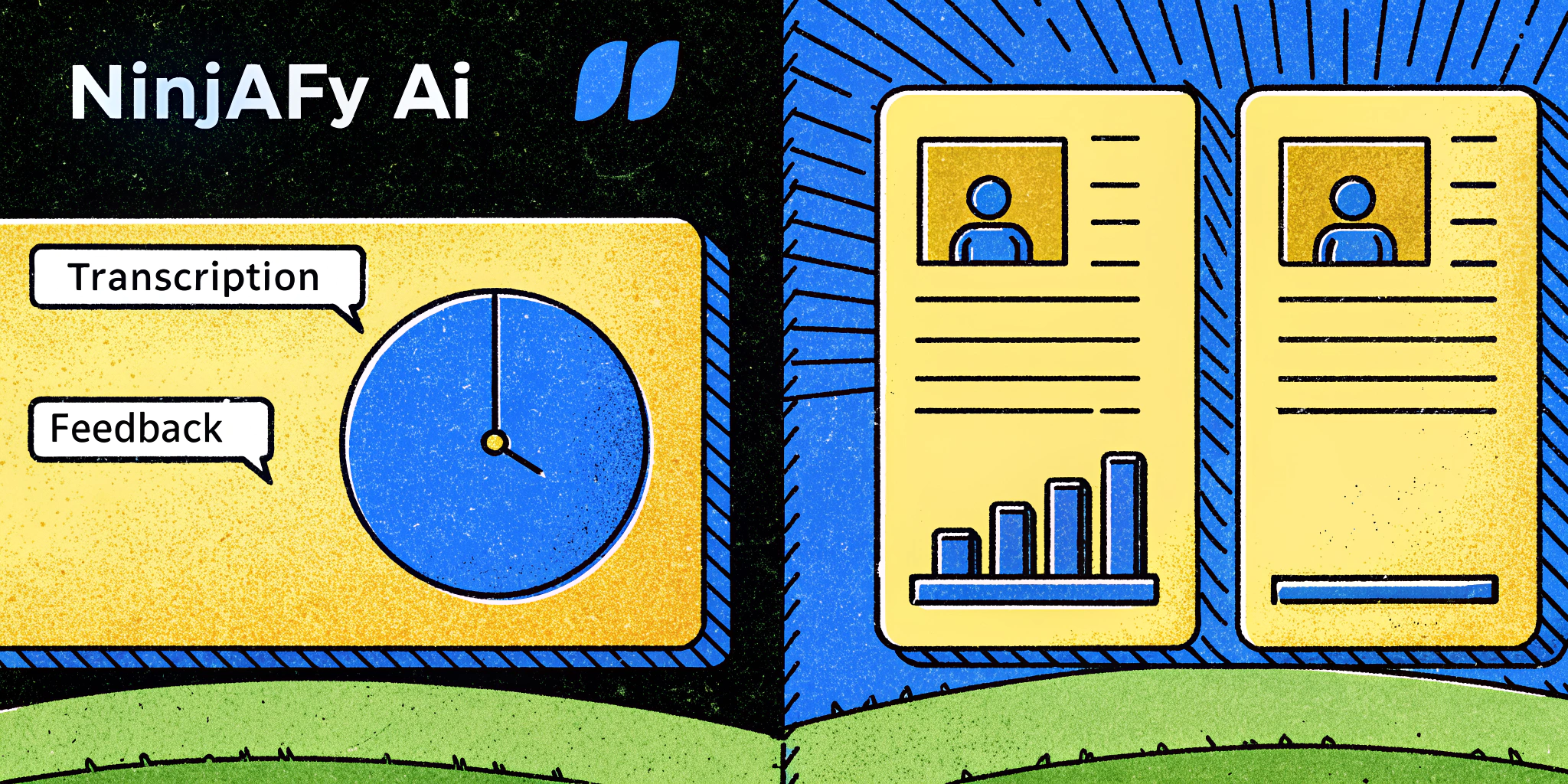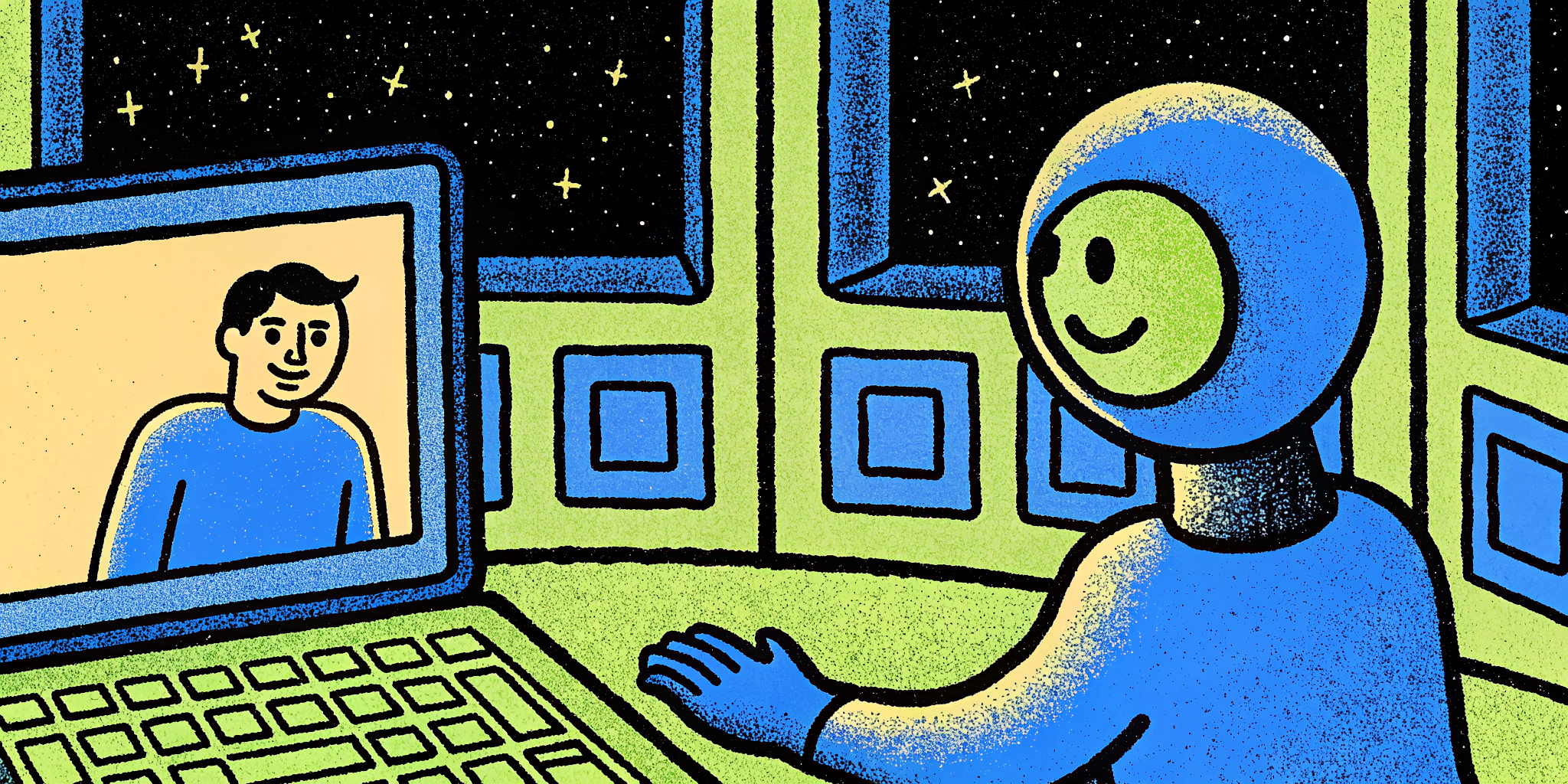When you’re asked about your biggest areas for improvement in a job interview, it can feel like walking a tightrope. You don’t want to overshare and raise red flags, but at the same time, you want to come across as sincere and self-aware. Here’s exactly how you can tackle this tricky question like a pro!
🎯 Why Do Interviewers Ask About Development Areas?
The dreaded “What are your greatest development areas?” isn’t just a trap to make you sweat. Hiring managers ask this to:
- Gauge your self-awareness. (How well do you know yourself?)
- Assess your growth mindset. (Are you actively improving yourself?)
- Evaluate your cultural fit. (Do your weaknesses clash with the role’s requirements?)
The key isn’t to deny you have weaknesses but to show that you’re proactive about addressing them. 💡
📋 How to Craft a Strong Answer to This Question
Let’s break this down so you can craft the perfect response.
🔑 The STAR Framework
The STAR Method is excellent for structuring any answers during interviews, including this one. Here’s how you can tailor it:
- Situation: Briefly describe a relevant scenario.
- Task: Explain why this was important.
- Action: Share the steps you’ve taken to improve.
- Result: End by showcasing improvement or lessons learned.
💬 Specific Example Answer
Let’s use the example of improving communication skills, which is a common choice for many professionals.
🗣 Example 1: For General Roles
“One area I’ve been focusing on improving is my communication skills. I’ve always been confident in my technical expertise, but I realized that clearly conveying my ideas to others is just as critical. To improve, I took active listening courses, regularly gave team presentations, and asked for feedback after meetings. As a result, I’ve noticed stronger engagement and alignment among my colleagues.”
💻 Example 2: For Tech Roles
“In the past, I noticed that I struggled to explain complex technical challenges to non-technical stakeholders, which led to misaligned priorities. I’ve been working on simplifying technical jargon and using storytelling to connect with cross-functional teams. Tools like Ninjafy AI’s Interview Copilot really helped me simulate on-the-spot Q&A scenarios to refine this skill.” 🌟 Try it here!
🗂 Table: Common Examples of Improvement Areas
| Weakness Category | Improvement Actions Taken | Key Benefits Gained |
|---|---|---|
| Communication Skills | Enrolled in workshops, sought feedback, practiced active listening | Clear idea exchange, stronger collaboration |
| Time Management | Learned prioritization frameworks like Eisenhower Matrix | Improved productivity and reduced stress |
| Public Speaking | Joined Toastmasters, rehearsed in front of an audience | Enhanced confidence and presentation skills |
| Coding Efficiency | Researched common code libraries, automated repetitive tasks | Increased speed and reduced errors |
💡 Pro Tips for Discussing Weaknesses
Here are the golden rules to keep in mind:
- Choose a Real Weakness: Generic or vague answers like “I’m a perfectionist” don’t fly anymore. 🎯 Be specific.
- Stay Relevant: Pick a development area that doesn’t directly undermine your ability to succeed in THIS role.
- Show Progress: Always include the actions you’ve taken to improve.
- Be Honest, but Strategic: Frame your answer so it looks like a stepping stone—not a stumbling block.
🤖 AI Interview Copilots: A Game-Changer for Preparation
We live in a world where AI can literally be your interview copilot. Here’s how tools like Ninjafy AI, Final Round AI, and Interviewsby.ai can help you master your answers:
- Mock Interviews: Many AI tools offer realistic mock interview scenarios where you can practice answering questions like “What’s your biggest weakness?”
- Real-Time Feedback: Platforms like Ninjafy AI provide personalized feedback on how clear, concise, and engaging your answers are. 🔥
- Customized Practice: Tools train based on your past experiences and even the role/company you’re applying for. 🙌
For example, Ninjafy AI’s InvisibleEyetrack™ technology helps keep your virtual body language confident during live interviews. This is perfect for reducing nervousness or wavering focus on platforms like Zoom or Microsoft Teams. Having trained over 2.2M+ successful candidates, it’s a win-win! 🏆
🌟 FAQs on Improvement Areas in Job Interviews
1. What if I don’t know my biggest improvement area?
That’s likely a red flag for self-awareness. Take some time to reflect or get feedback from peers to identify areas.
2. Should I mention multiple weaknesses?
Stick to one, and do it well. The goal is to keep your answer concise but impactful.
3. Can I say “I’m perfect”?
Avoid this at all costs. It signals arrogance rather than confidence.
4. Can I use AI like Ninjafy Copilot during a real live interview?
Yes! Modern tools provide invisible assistance without tipping off interviewers. Ninjafy AI operates stealthily, so you get real-time suggestions to refine your responses. Perfect for tech-savvy applicants. 🙌
5. How do AI tools keep improving my responses during prep?
AI tools like Final Round AI analyze millions of mock Q&A scenarios to refine their advice. They also tailor feedback to your role and industry!
🏁 Conclusion: Ace Your Answer with Confidence!
Discussing your development areas shouldn’t feel like a trap—it’s an opportunity to show growth, self-awareness, and a commitment to continuous improvement. Follow the STAR framework, choose a meaningful but role-appropriate weakness, and practice relentlessly. And if you truly want that edge? Leverage the power of AI copilot tools like Ninjafy AI for real-time, personalized coaching to secure your dream job.




